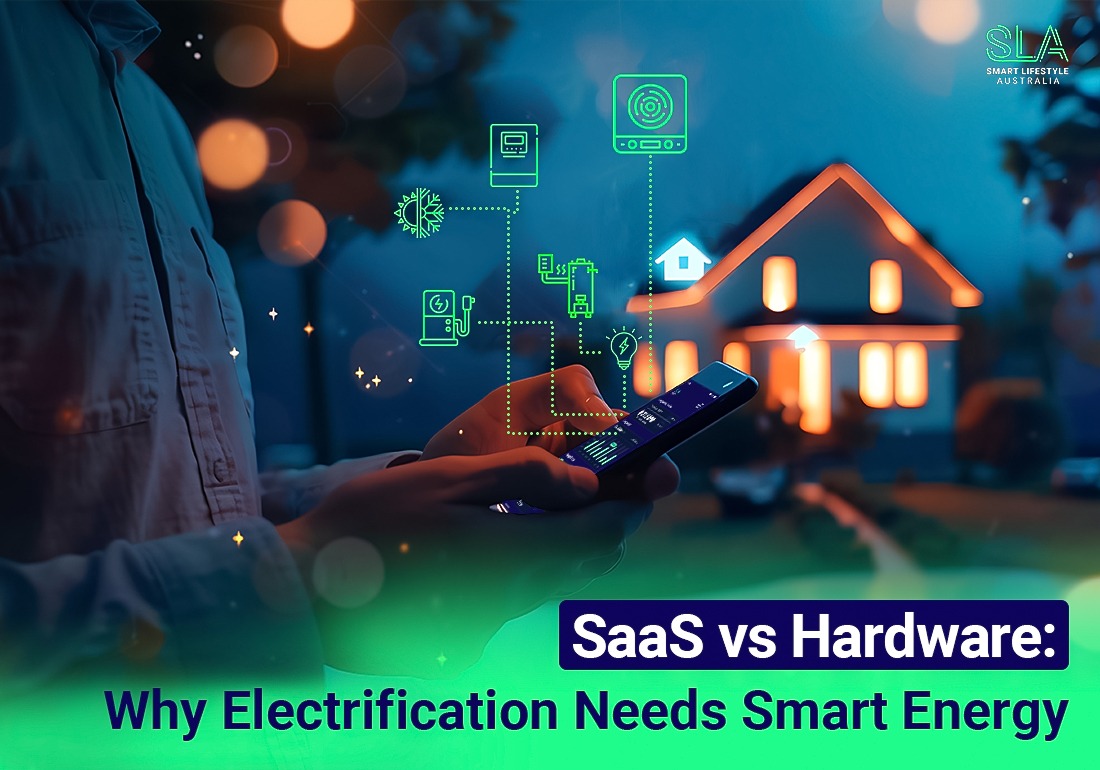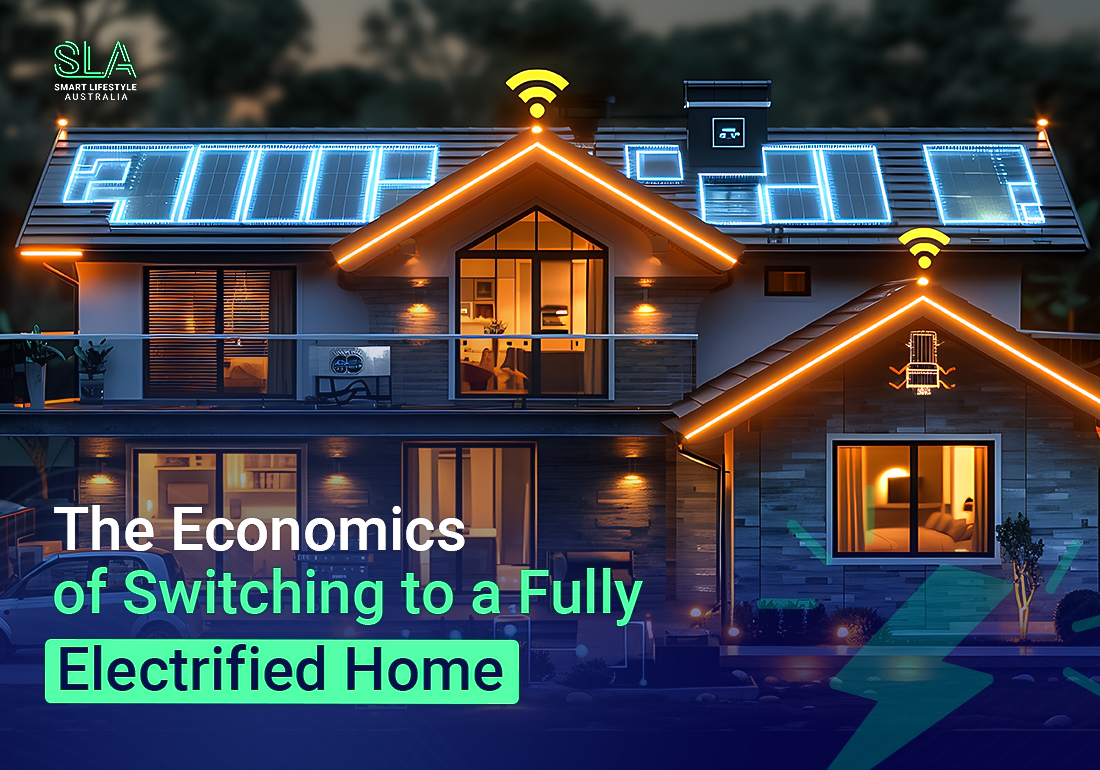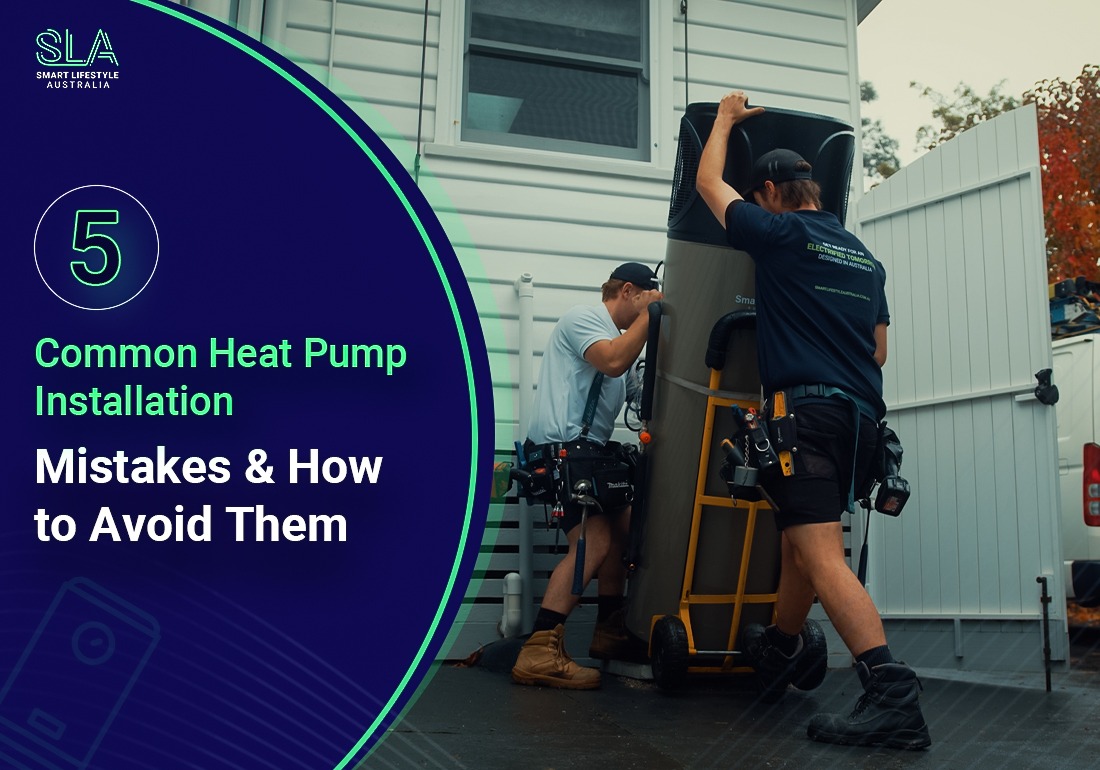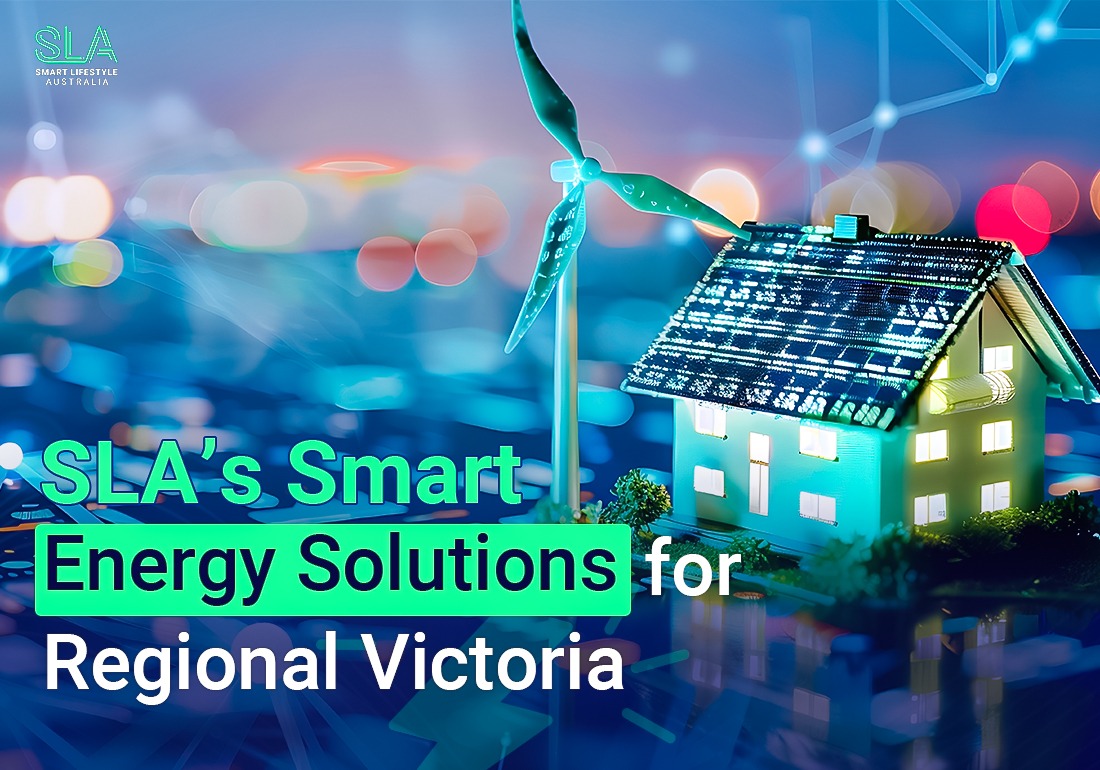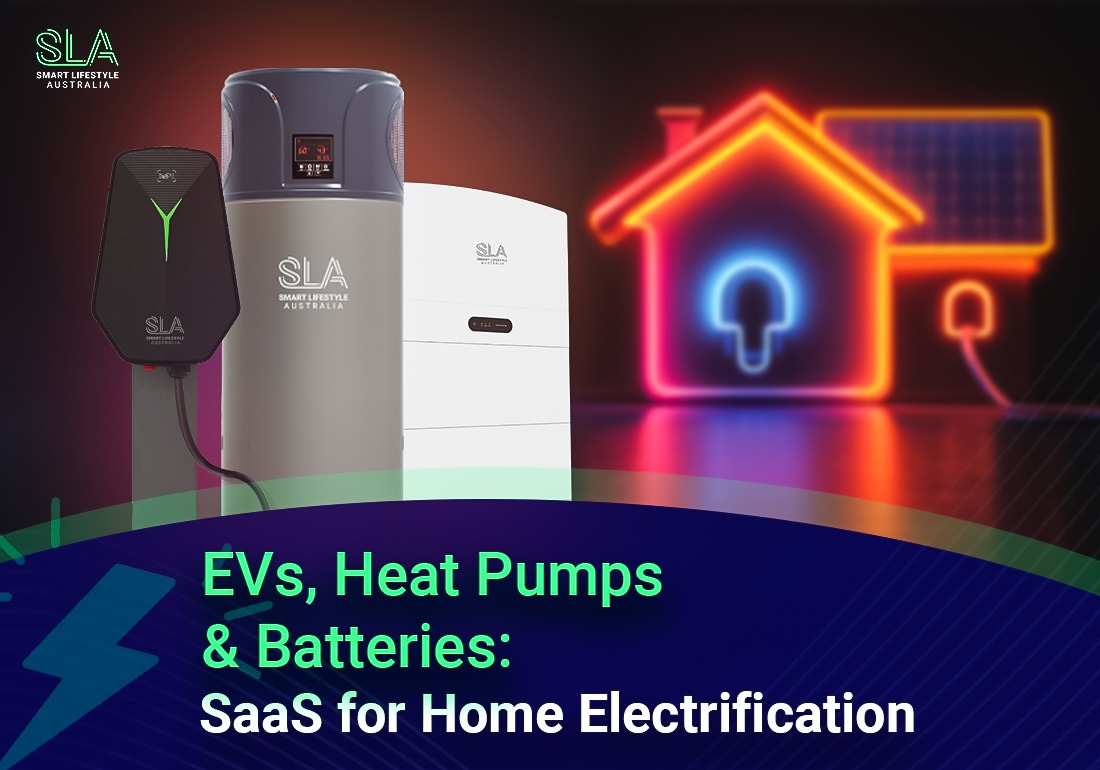The move from fossil fuels to electricity is no longer a niche trend. Across homes, businesses and industry, electrification is reshaping how we consume energy.
That change brings new complexity. It also opens a big opportunity for smarter control and better value.
To capture that potential, we need more than hardware or standalone apps. We need smart energy platforms that combine software as a service (SaaS) with hardware integration.
This blog explains SaaS vs Hardware: Why Electrification Needs Smart Energy. Let us first know about electrification.
In this blog post:
- What Electrification Means Today
- SaaS and Hardware: Two Different Strengths
- Why Electrification Makes SaaS Essential
- Why Hardware Still Matters
- Who Benefits from Smart Energy Platforms?
- What Makes a Strong Smart Energy Platform?
- How Smart Energy Platforms Help Electrification Work
- Why Australia Leads the Way
- A Simple Roadmap to Get Started
- Why Smart Platforms Will Lead the Energy Transition
What Electrification Means Today
Electrification is all around us. For example:
-
Electric vehicles replace petrol cars.
-
Hot water heat pumps take the place of gas heaters.
-
Electric cooking replaces gas stoves.
-
Rooftop solar creates clean energy in homes.
-
Batteries store power for later use.
Each device works well on its own. But together, they change how we consume and share energy.
As a result, energy use becomes harder to manage. It creates more demand at different times. It also increases supply when solar and wind are strong. So we need a smart system.
A system that understands devices and predicts needs. It also controls energy in the best way. That system is a smart energy platform.
SaaS and Hardware: Two Different Strengths
There are two common approaches in smart energy.
Hardware-first
This focuses on devices like batteries, inverters, chargers, and smart meters. The seller usually provides hardware with built-in intelligence. However, this often locks users into one system.
SaaS-first
Software as a Service focuses on the cloud. These platforms connect to many types of devices. They use data, analytics, and remote updates to improve performance.
Also, providers can add new features without changing the device.
Both matter. Hardware does the work at the site. SaaS handles smart control. When they come together, the results are powerful.
Why Electrification Makes SaaS Essential
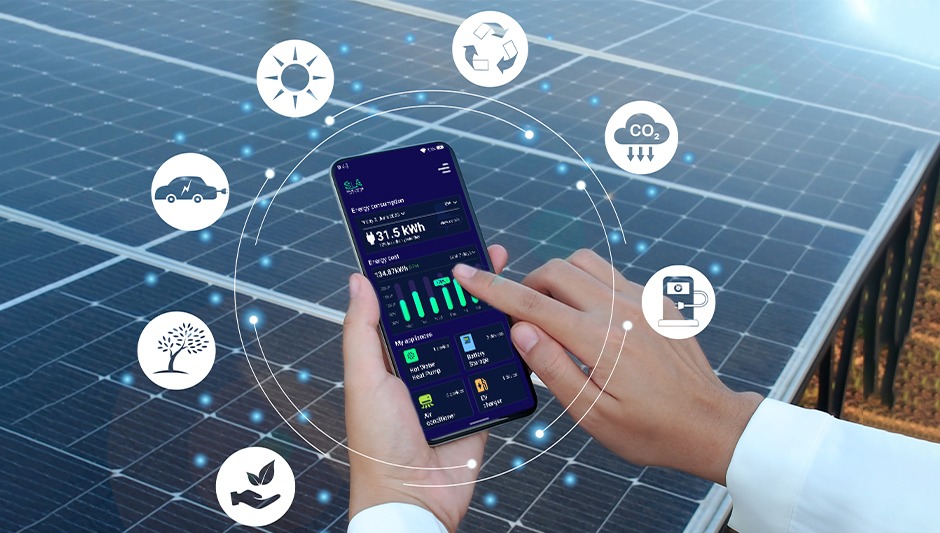
As more devices get added, energy systems become harder to manage. EVs, heat pumps, solar, and batteries must work together. Without good software, devices will compete or clash.
Here is why SaaS plays an important role:
Growing Complexity
As more electrified devices come online, interactions multiply. An EV charging session can coincide with a peak oven use and a solar reduction.
A heat pump may compete with battery storage for limited export capacity. Hardware alone cannot manage this ecosystem.
SaaS platforms collect the device-level data, model interactions and coordinate decisions across assets and sites.
Faster Innovation
New energy services appear often. SaaS can roll out updates fast. On the other hand, hardware changes take longer and cost more.
Better Forecasting
SaaS collects data from many locations. With that data, platforms can predict demand and supply. Better forecasts mean cheaper and cleaner energy.
Flexibility Unlocks Multiple Revenue Streams
SaaS platforms make it easy to offer a range of services, including energy arbitrage, demand response, virtual power plants, and subscription-based energy management.
A hardware-first approach typically locks users into a narrow set of capabilities. SaaS enables multi-sided business models for device makers, retailers and aggregators.
A Better Customer Experience
People want simple apps that clearly show savings. SaaS provides friendly tools, alerts, and advice. Hardware alone cannot offer this level of support.
Strong Security
Cybersecurity is important in energy. SaaS offers central protection and regular updates. This keeps users safe with less effort.
Why Hardware Still Matters
Software is smart. But hardware makes everything possible. Devices store, measure, and move energy. Good hardware is strong, efficient, and safe.
The best results come when hardware and software work together. Open standards and secure communication are key.
Who Benefits from Smart Energy Platforms?
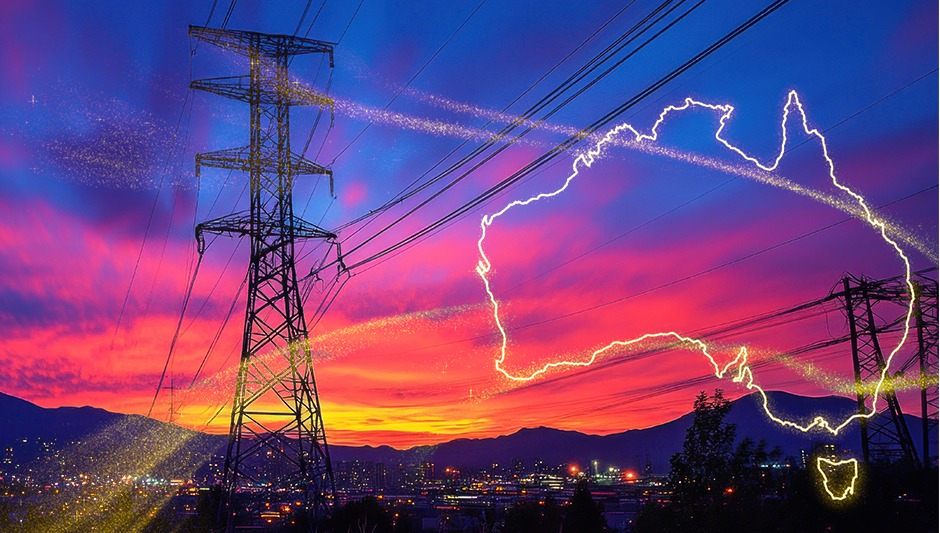
- For consumers: Better bill management, simpler integration of solar and batteries, smarter EV charging and improved resilience during outages.
- For installers and device manufacturers: Faster software-driven feature rollouts, remote diagnostics and reduced truck rolls.
- For retailers and aggregators: Scalable orchestration for demand response, fleet management of distributed energy resources and new retail tariffs.
- For grid operators: Improved visibility of distributed resources, better load forecasting and easier contracting of flexibility services.
What Makes a Strong Smart Energy Platform?
- Support for many hardware brands
- Real-time data
- Good forecasts and smart control
- APIs for easy integration
- Safe access for different user roles
- Strong privacy and security
- Local automation if the network fails
How Smart Energy Platforms Help Electrification Work

Electrification alone does not guarantee lower costs. It needs coordination. Smart platforms help in many ways.
Enabling Affordable Energy Access
Platforms can optimise energy use so consumers pay less for the same services. For households with solar and batteries, smart scheduling can maximise self-consumption and reduce peak export charges.
For renters and multi-tenant buildings, platforms enable shared asset management and fair billing.
Better Grid Management
Platforms reduce peaks on the grid. This means fewer upgrades and more space for renewables.
Easier EV Adoption
EV charging becomes smoother and smarter. Cars charge when energy is cheap or clean.
Virtual Power Plants (VPPs)
When many devices work together, they can act like a virtual power plant. SaaS makes this possible.
Support for New Tariffs
New pricing models need smart automation. Platforms help households save without stress.
Why Australia Leads the Way
Australia is at the forefront of residential and commercial electrification. High rooftop solar adoption, rising battery ownership and a competitive retail market make the region fertile for energy SaaS.
This makes Australia a perfect place for smart energy platforms.
Smart Lifestyle Australia (SLA) is one example of how a local platform can fit into this landscape.
SLA offers products and services tailored for Australian homes, integrating devices and providing energy visibility.
Platforms like SLA are well-positioned to work with local retailers, installers, and regulators.
It can adapt to local market rules, tariff structures and customer expectations faster than distant vendors.
Addressing Common Concerns
When new software is introduced, concerns are usual. Here are answers to common questions:
Is hardware more reliable?Yes, hardware is important. But cloud and local systems together offer the best reliability.
Does SaaS mean vendor lock-in?Vendor lock-in is less of an issue today because platforms often allow data export and support multiple tools.
What about data privacy?Trusted providers protect information through strong rules and secure access controls.
A Simple Roadmap to Get Started
- Check your current hardware and internet connection.
- Pick a platform that supports many devices.
- Start small and test with a few customers.
- Compare predictions with real results.
- Make sure local controls work offline.
- Explore subscription or sharing models.
Why Smart Platforms Will Lead the Energy Transition
Electrification is transforming energy demand and supply at a rapid pace. Hardware brings the physical capability, but software is what unlocks coordination, flexibility and new services.
A smart energy platform marries SaaS agility with hardware reliability. It brings forecasting, optimisation and orchestration at scale.
For homeowners, businesses, and grid operators, platforms reduce costs, enable EV adoption, and support greater renewable energy adoption.
Platforms such as Smart Lifestyle Australia offer an example of how device integration and cloud services can work together to create practical benefits now.
In a world where electrification will only increase, smart energy platforms are not optional. They are essential.

